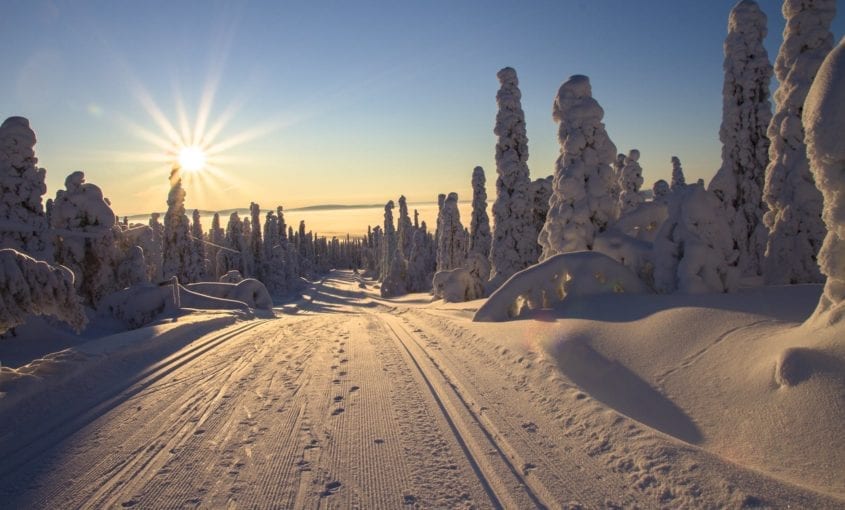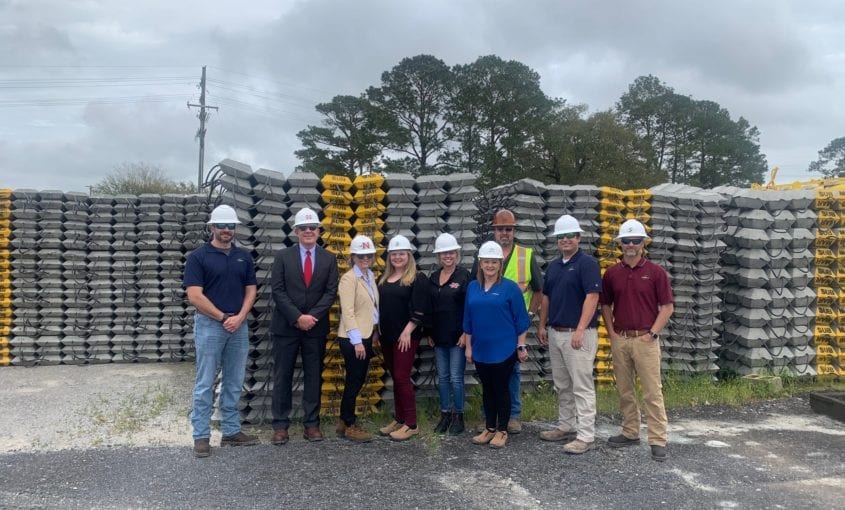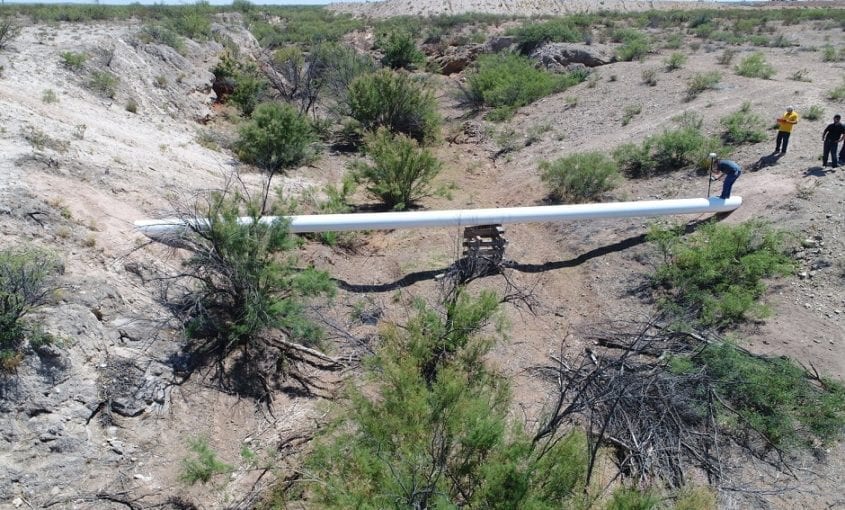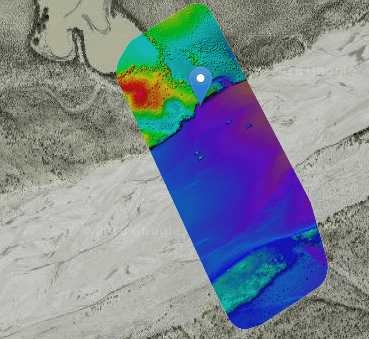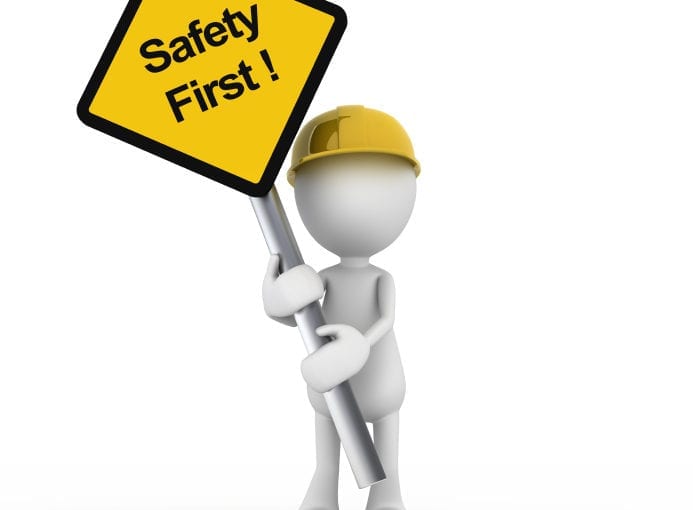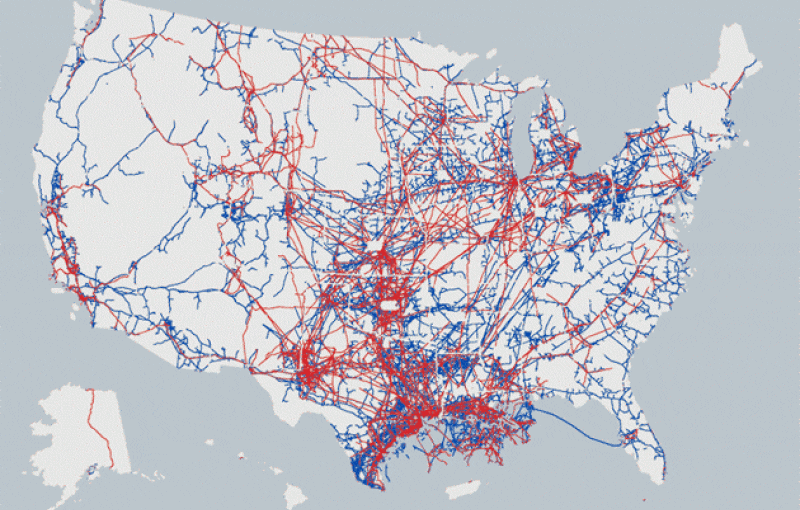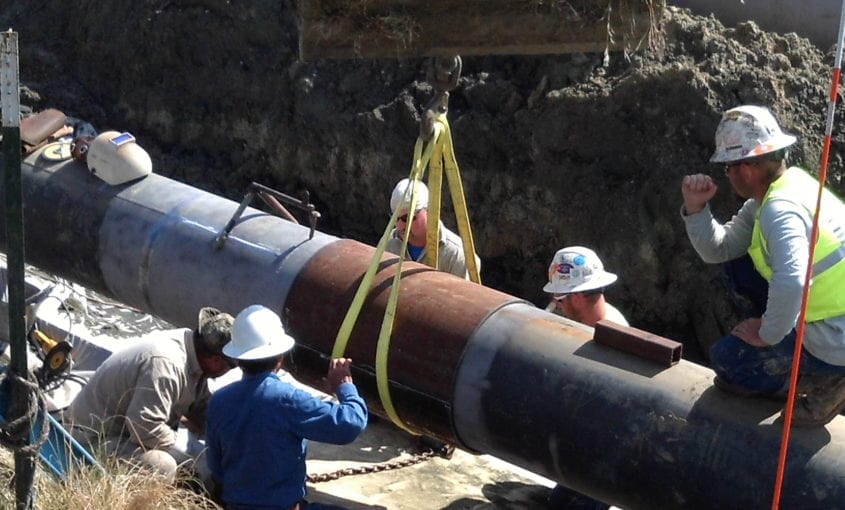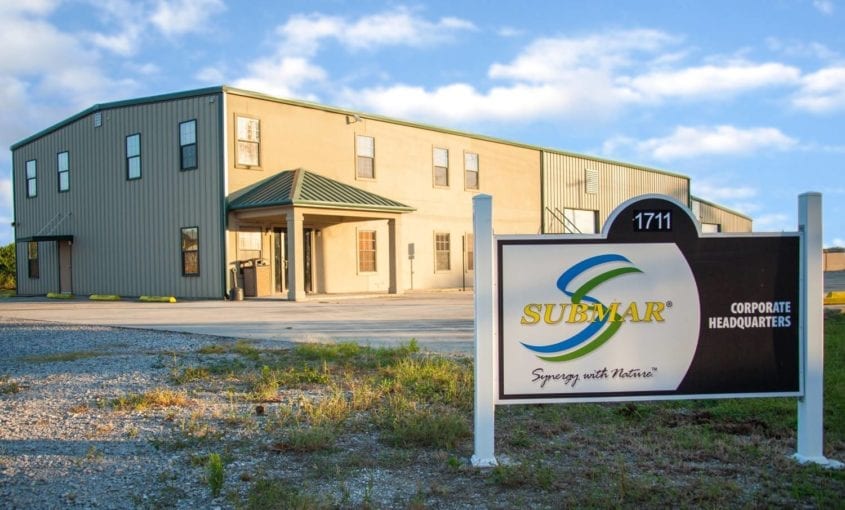Tips to Avoid Winter-Related Accidents
A chill is in the air, but the work on your jobsite doesn’t stop when the weather gets cold. It’s important to know what steps to take to keep your construction workers warm and safe. Here are 3 ways to keep the job going forward safely in the middle of winter. Inspect Sites This is
Read More...

